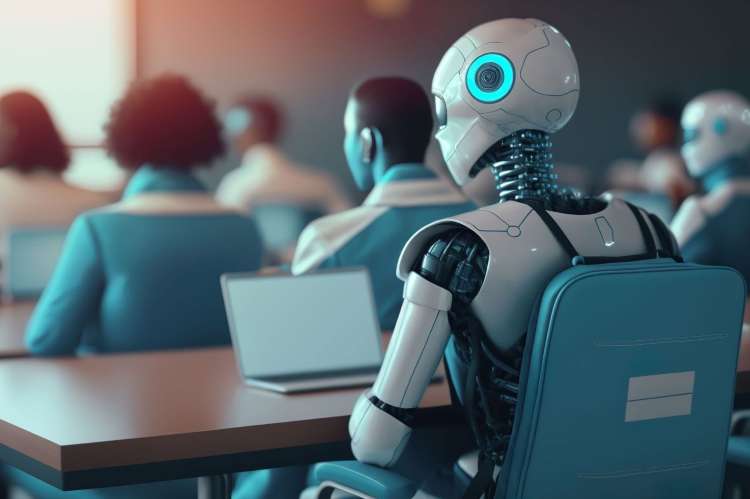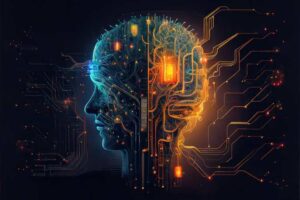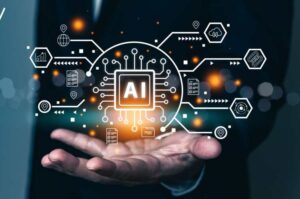AI job loss predictions overblown due to tech limitations
Mass AI job loss predictions ignore high costs, accuracy ceilings, and slow tech adoption in organizations, making near-term disruption unlikely.
Predictions of mass AI-driven job losses have dominated headlines for years, but reality paints a more nuanced picture.
The Hype vs. Reality
- Alarmist forecasts: A 2013 Oxford study predicted 47% of US jobs could be automated by 2033. Anthropic CEO Dario Amodei recently warned of 10-20% unemployment from AI displacing white-collar jobs.
- Actual impact: Despite these projections, widespread job displacement hasn’t materialized. The article argues dystopian scenarios are unlikely before the 2030s due to AI’s current limitations.

Why Tech Adoption Moves Slowly
- Organizational inertia: Large-scale changes require clear ROI on KPIs like cost, speed, or quality. Even then, adoption is gradual (e.g., outsourcing took 37 years to displace 20% of US jobs).
- Implementation barriers: High upfront costs, risk aversion, data system fragmentation, and regulatory hurdles slow AI integration.
The 92% Accuracy Ceiling
- Current AI systems (especially LLMs) plateau at ~92% accuracy in real-world scenarios—far below the 99%+ claims made for controlled datasets.
- Critical failures: In domains like healthcare, legal, or defense, even small errors have severe consequences, limiting AI’s applicability.
- Cascading errors: Chains of AI agents compound inaccuracies. A Carnegie Mellon simulation showed AI "employees" completing just 1.7-24% of tasks correctly.

Where AI Succeeds (For Now)
- Productivity augmentation: Drafting emails, coding assistance, and hybrid customer service (AI suggests, humans approve) show promise. These applications reduce workloads but rarely eliminate jobs entirely.
- Decision support systems: AI excels at flagging anomalies (e.g., travel reimbursement audits) where perfection isn’t required.
The Long-Term Outlook
- By 2050: AI may displace 395 million jobs globally, but 1.3 billion new roles in healthcare, climate, and infrastructure could offset losses.
- Key takeaway: The future likely holds job transformation rather than mass unemployment, with humans shifting to higher-complexity work.
Dr. Alok Aggarwal (Scry Analytics) concludes that AI’s high costs, accuracy limits, and organizational inertia make near-term job disruption unlikely.

Related News
Jagged AI Already Disrupting Jobs Despite AGI Remaining Distant
Enterprise AI adoption focuses on real-world returns with 'jagged' systems, driving productivity gains but leading to white-collar job cuts across industries.
Agentic AI Moves Beyond Theory Into Real-World Business Applications
Companies are rapidly advancing agentic AI implementations across industries like pharma retail and enterprise tech with tangible use cases emerging
About the Author

Dr. Emily Wang
AI Product Strategy Expert
Former Google AI Product Manager with 10 years of experience in AI product development and strategy formulation. Led multiple successful AI products from 0 to 1 development process, now provides product strategy consulting for AI startups while writing AI product analysis articles for various tech media outlets.